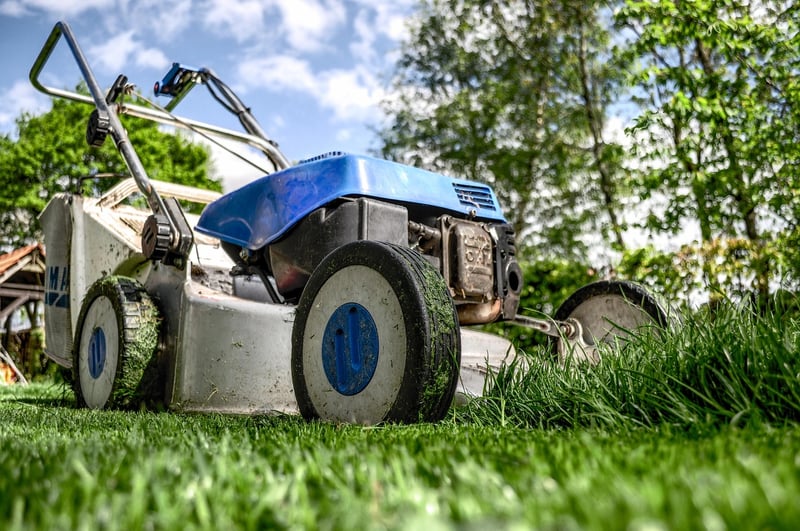Pruning Techniques
How to Keep Your Garden Healthy: Essential Pruning Techniques

Having a healthy garden requires more than just watering your plants regularly. Proper pruning techniques play a significant role in maintaining the health and vitality of your garden. Pruning is not only about cutting away dead or overgrown branches but also shaping your plants for optimal growth and flowering. Here are some essential pruning techniques to keep your garden in top condition:
1. Tools of the Trade
Before you start pruning, make sure you have the right tools for the job. Essential tools include pruning shears, loppers for thicker branches, a pruning saw for larger limbs, and gloves to protect your hands.
2. Timing is Key
Understanding the growth cycle of your plants is crucial for effective pruning. Most plants benefit from pruning during their dormant season in late winter or early spring. However, flowering shrubs should be pruned right after they bloom to encourage new growth.
3. Deadheading
Regularly remove spent flowers through deadheading to promote continuous blooming and prevent the plant from going to seed. This technique redirects the plant's energy into producing new blooms.
4. Thinning
Thinning involves selectively removing branches to improve air circulation and allow more sunlight to reach the plant's interior. This technique reduces the risk of disease and encourages healthy growth.
5. Shaping
Pruning for shape helps maintain the plant's form and structure. By removing wayward branches and controlling growth, you can create a visually appealing garden while promoting overall plant health.
6. Renewal Pruning
For older plants or shrubs, renewal pruning involves cutting back old, woody growth to stimulate new shoots and rejuvenate the plant. This technique is ideal for maintaining the vigor and longevity of mature plants.
By incorporating these essential pruning techniques into your gardening routine, you can ensure that your garden remains healthy, vibrant, and visually stunning throughout the year.
Remember, each plant species may have specific pruning requirements, so it's essential to research the best practices for individual plants in your garden.
Happy pruning!
